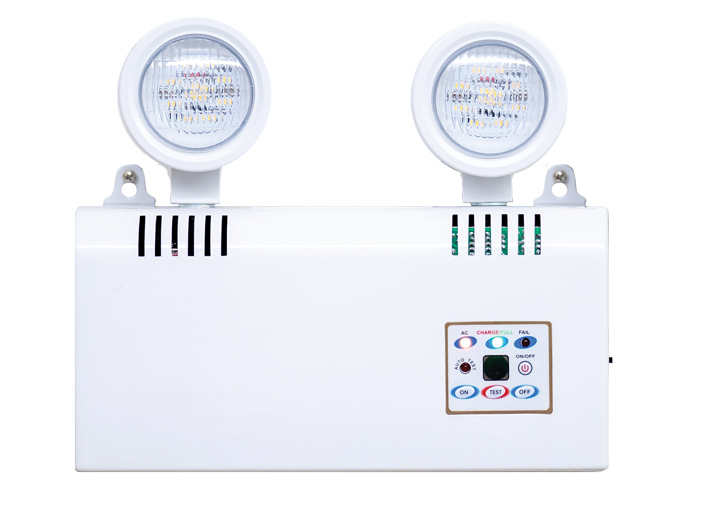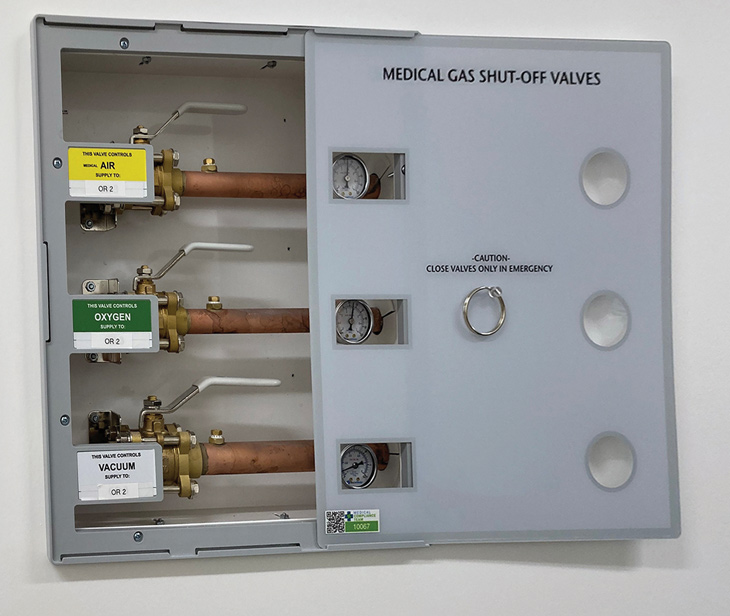- Home
- Article
Don’t Take the Fire Marshal’s Word That Everything’s OK
By: Dale Lyman, CFPS
Published: 4/14/2025
Local inspectors’ oversights can delay a new ASC’s opening by jeopardizing its accreditation status.
Imagine this nightmare scenario: A large new endoscopy center is designed. Local officials review the construction plans. The facility is built. Those same officials conduct on-site inspections and give final approval for the facility to move forward.
Staff is hired. Ownership is excited that there’s finally a target date for the facility to be accredited, opened and generating revenue. (This date, of course, has already been pushed back more than once because of typical construction delays.) The ASC applies for an early-option survey by CMS that allows for quicker accreditation and certification.
Unfortunately, the federal Life Safety Code surveyor identifies a problem shortly after they arrive: the emergency power system is not the proper type for the level of anesthesia the ASC will administer. The National Fire Protection Association (NFPA) 99 Health Care Facilities Code specifies how these systems must be configured and installed based on the risk to patients who will be treated in the facility.
Upon review, the construction documents for the ASC verify that the incorrect type of system was installed. The deficiency is deemed “conditional level,” which is very serious and potentially life-threatening. As a result, the ASC does not receive Deemed Status accreditation.
The identified deficiency will require extensive work to the ASC’s electrical system, taking precious months to redesign, secure permit applications and then wait in the accreditation queue to schedule a second round of surveys.
During this time, the fully constructed, local-code-compliant ASC sits idle. The fixes are expensive, and the delayed opening is a lost opportunity to care for patients and collect revenue that will never be recouped.
Crux of the problem
ASC owners often hire architects, designers, construction firms and other members of the build team who aren’t aware of federal requirements specific to ASCs that must be met in addition to the provisions in local codes. These additional requirements are much different than what applies to a medical clinic or dental office.
ASCs must comply with the 2012 Life Safety Code in order to achieve Deemed Status certification, which is what the CMS surveyor will be looking for. Congress approved this code for healthcare facilities that accept Medicare and Medicaid services.
This inconsistency in applicable codes causes problems for new facilities seeking CMS certification, ultimately leading to delays that are costly in time and money. While ASC staff are correct when they tell a CMS surveyor, “The fire marshal said it was OK” or “The architect’s design meets all local fire and building code requirements,” the fact remains that the plan falls short of meeting federal requirements.
ASC owners can run into these or other problems when undertaking a new-construction project or when retrofitting a building that wasn’t designed to be a healthcare facility. Many older buildings were built before current local codes were created and when code enforcement was lax.

Here are some deficiencies surveyors frequently discover when facilities were designed to comply only with local fire and building code requirements.
Emergency electrical systems. Emergency power systems, or “Essential Electrical Systems” as referenced in the CMS NFPA 99 Health Care Facilities Code, must meet specific requirements for separation of branch electrical circuits, transfer of power switches, location and number of emergency outlets, and other requirements.
Emergency lighting. This is a critical component in an ASC during a power failure. The Life Safety Code and the Health Care Facilities Codes have specific requirements for the type and location of emergency lighting systems in ASCs. These requirements include battery-backed-up emergency lighting, which often is not included in local codes.
Smoke and fire barriers. These critical protection buffers are specific requirements of the CMS-adopted Codes.
Medical gas systems. It’s critical to life safety that these unique and complex components of ASCs are designed and installed correctly and according to the requirements in the NFPA 99 Health Care Facilities Code.
Waiting rooms. Local inspectors miss these because they don’t appear in local codes. Waiting rooms, however, must be designed to comply with CMS regulations in order for facilities to be approved.
—Dale Lyman, CFPS
The best solution
ASCs can avoid these pitfalls by retaining an ASC Life Safety Code expert early in the design process. This type of consultant often is not retained due to cost considerations. But the fact is that hiring a consultant on the front end ultimately can be less expensive than fixing mistakes that delayed your accreditation because gaps between local codes and federal requirements weren’t identified.
Life Safety Code surveyors are experts trained on the requirements of CMS or a Deemed-Status accreditation organization. When conducting Life Safety surveys, they identify areas of noncompliance with fire and building codes that are often missed by local inspectors. They ensure facilities comply with CMS’ NFPA 101 Life Safety Code, of which local government inspectors are often not aware.

These consultants help their clients avoid falling into a state of false compliance that occurs when a local fire or building inspector approves the facility without considering federal requirements. They can help avert costly, disruptive construction that is sometimes needed to fix the deficiencies. Hiring an ASC Life Safety Code expert early in the design and construction process allows them to provide input to architects during plan development.
They can also function as an owner’s representative during the construction process, conducting periodic on-site inspections and a final mock survey when construction is complete to ensure no surprises occur during the Life Safety survey. The ASC should, at a minimum, have an expert conduct a mock survey prior to the accreditation or CMS Life Safety survey to identify potential areas of noncompliance.
If the plan is to convert a nonmedical space to an ASC, an ASC Life Safety Code expert should conduct an assessment to determine the feasibility of the space and identify any potential issues that might result in prohibitive costs or extreme construction challenges.
Receiving a passing final inspection by a local fire inspector and thinking everything is OK, only to have a Life Safety surveyor find serious deficiencies, can be extremely frustrating and shocking. Involving experts in the process from the start of the project can avert this disaster and pave the way to quicker accreditation and CMS certification. OSM
.svg?sfvrsn=be606e78_3)
.svg?sfvrsn=56b2f850_5)